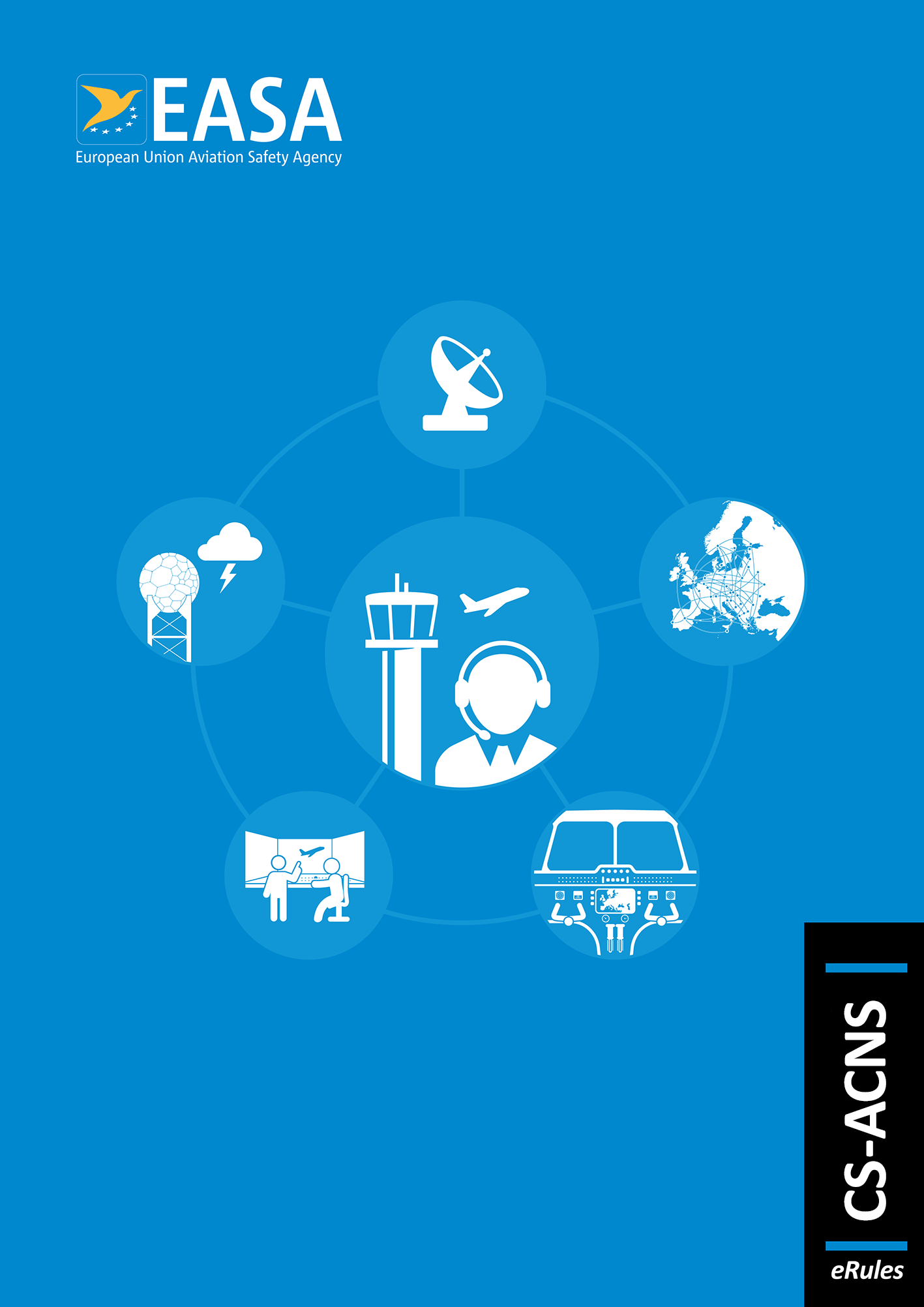ED Decision 2022/008/R
(See AMC1 ACNS.E.TAWS.040)
The terrain awareness and warning system (TAWS), including its position sensors, displays, and other associated components, is designed to provide a level of integrity that supports the intended operation.
[Issue: CS-ACNS/4]
AMC1 ACNS.E.TAWS.040 Integrity
ED Decision 2022/008/R
A functional hazard assessment (FHA) applied to the specific design should be included in the certification dossier of the system. Elsewhere, failure conditions that result in false terrain warning and caution alerts, a non-annunciated loss of function, or the presentation of misleading information, should be considered major failure conditions.
Note: In this case, ‘misleading information’ is considered to be an incorrect depiction of the terrain threat relative to the aircraft under alert conditions.
[Issue: CS-ACNS/4]
ED Decision 2022/008/R
(See AMC1 ACNS.E.TAWS.045 and GM1 ACNS.E.TAWS.045)
The terrain awareness and warning system (TAWS), including its position sensors, displays, and other associated components, is designed to provide a level of continuity that supports the intended operation.
[Issue: CS-ACNS/4]
AMC1 ACNS.E.TAWS.045 Continuity
ED Decision 2022/008/R
The loss of the TAWS function is considered to be a minor failure condition.
[Issue: CS-ACNS/4]
GM1 ACNS.E.TAWS.045 Continuity
ED Decision 2022/008/R
The continuity specification should cover the detected loss of the function, which is caused by failures of the equipment or of the sensors required for the function.
[Issue: CS-ACNS/4]
ED Decision 2013/031/R
The predictive terrain hazard warning functions, does not adversely affect the functionality, reliability or integrity of the basic GPWS functions.
CS ACNS.E.TAWS.055 Terrain and airport information
ED Decision 2013/031/R
(See AMC1 ACNS.E.TAWS.055)
(a) Terrain and airport information are developed in accordance with an acceptable standard.
(b) TAWS is capable of accepting updated terrain and airport information.
AMC1 ACNS.E.TAWS.055 Terrain and airport information
ED Decision 2013/031/R
Terrain data used for the generation of the TAWS terrain database should be compliant with EUROCAE ED-98 () – User Requirements for Terrain and Obstacle Data. Similarly airport and runway data terrain used for the generation of the TAWS airport database should be compliant with EUROCAE ED-77 () – Standards for Aeronautical Information. Generation of the TAWS terrain database and of the TAWS airport database should be compliant with EUROCAE ED-76 () – Standards for Processing Aeronautical Information.
Note: Other technologies could be considered to provide the required terrain and airport information.
The manufacturer of the TAWS system should present the development and methodology used to validate and verify the terrain and airport information and, if relevant, obstacle information in compliance with EUROCAE ED-76/RTCA DO-200A.
CS ACNS.E.TAWS.060 Positioning information
ED Decision 2013/031/R
(See AMC1 ACNS.E.TAWS.060)
(a) The positioning information (i.e. horizontal and vertical position, velocity, or rate of information) is provided from an approved positioning source.
(b) For Class B TAWS, GNSS is the only approved horizontal positioning source.
(c) When the TAWS positioning source is the same as the one used by the primary navigation system and provided that, applicable performance requirements are satisfied for navigation, a failure of the TAWS (including loss of electrical power to the TAWS) does not degrade the primary navigation capability.
(d) When a positioning source generates a fault indication or any flag indicating the position is invalid or does not meet performance requirements, the TAWS is to stop utilising that positioning source.
(e) The positioning source for the predictive terrain hazard warning system accuracy is suitable for each phase of flight and/or region of operations.
(f) The TAWS provides indications, as appropriate, regarding degradation or loss of function associated with the loss of the positioning source.
AMC1 ACNS.E.TAWS.060 Positioning information
ED Decision 2013/031/R
(a) The TAWS positioning information can be generated internally to the TAWS (e.g. GPS receiver) or acquired by interfacing to other installed avionics on the aeroplane (e.g. FMS).
(1) For Class A TAWS an RNAV system may be used as an aeroplane horizontal position sensor provided that:
— it has been approved for navigation in accordance with ETSO-C115() or ETSO-C129a or ETSO-C145() or ETSO-C146() or ETSO-C196a; or
— it satisfies FAA AC 20-138 or FAA AC 20-130A.
(2) For Class A and B TAWS a GNSS sensor may be used as an aeroplane horizontal position sensor provided that it is compliant with ETSO-C196 or ETSO-C145.
Note: For TAWS relying on GNSS sensor, the TAWS design should consider the use of other horizontal position sensors to ensure TAWS availability in case of GNSS failures
(3) Equipment that uses a GNSS internal to the TAWS for horizontal position information, and that are capable of detecting a positional error that exceeds the appropriate alarm limit for the particular phase of flight in accordance with ED-72A is considered acceptable.
(4) Vertical position for TAWS may come from a barometric source such as an altimeter or an air data computer, or from a geometric source, such as GNSS provided that:
— the barometric altitude equipment is approved in accordance with ETSO-C106 Air data computer or ETSO-C10b Altimeter, Pressure Actuated, Sensitive Type;
— the radio altimeter equipment is approved in accordance with ETSO-2C87 Low-Range Radio Altimeter;
— the vertical velocity equipment is compliant with ETSO-C8 Vertical Velocity Instruments or ETSO-C105 Air Data Computer;
— the GNSS equipment is approved in accordance with:
— ETSO-C129a, Airborne Supplemental Navigation Equipment Using Global Positioning System (GPS); or
— ETSO‑C145, Airborne Navigation Sensors Using the Global Positioning System Augmented by the Satellite Based Augmentation System; or
— ETSO‑C146, Stand-Alone Airborne Navigation Equipment Using the Global Positioning System Augmented by the Satellite Based Augmentation System.
Note: TAWS should mitigate potential vertical positioning source inaccuracies by appropriate blending of available vertical position information.
(b) When the GPS alert limit is activated, the GPS computed position is considered unsuitable for TAWS, and a TAWS unsuitability indication should be given.
(c) Geometric altitude should be enabled if the system has the facility.
